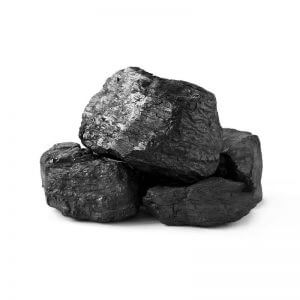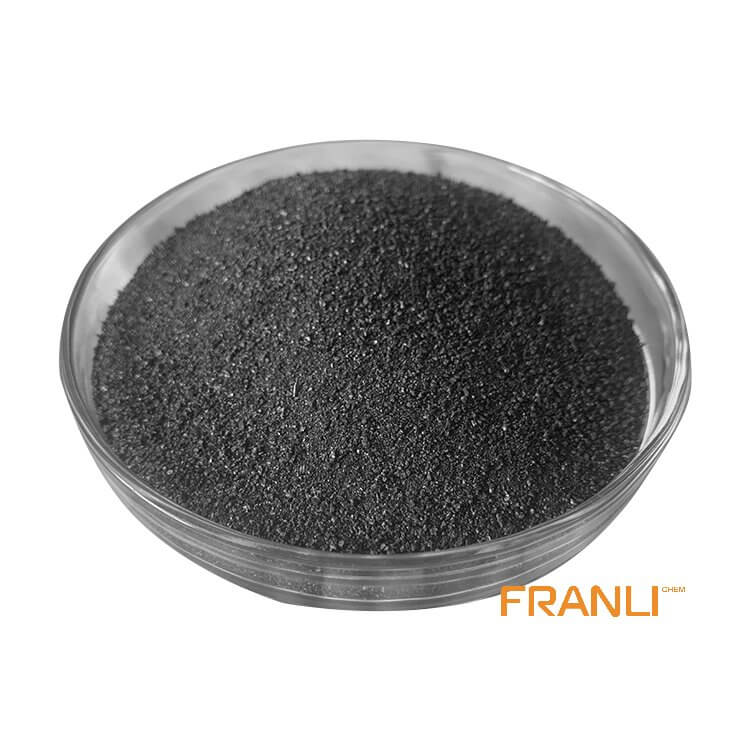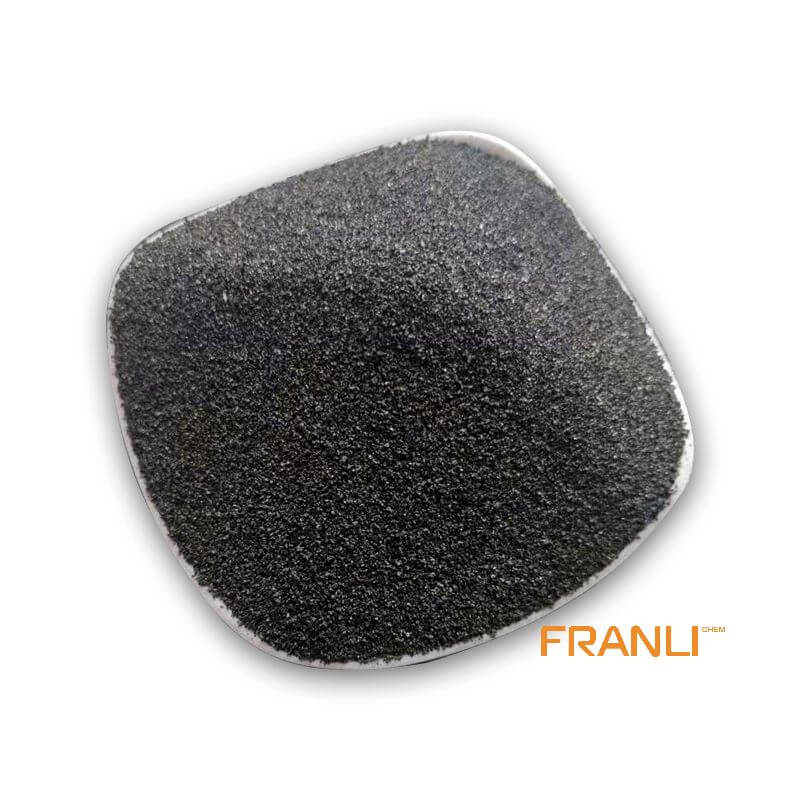


Petroleum Coke
Size
According to your requirements
Package
25 kg small bags into ton bags or ton bags
Features
Low ash content and low boiler ash discharge, etc.
Application
Depending on its quality, petroleum coke can be used in industries such as graphite, smelting and chemical industry, etc
Petroleum coke, as a byproduct of petroleum, is produced in the process of petroleum processing, that is, the crude oil is distilled to separate light and heavy oil, and the heavy oil is converted into petroleum coke by hot cracking. If petroleum coke can be obtained directly from petroleum processing, then the petroleum coke is raw coke or ordinary coke. Petroleum coke has irregular shape, dark gray or black, porous structure and metallic luster.
Request a quotePetroleum coke is a black solid by-product obtained from the decomposition of heavy thermal cracked slag and coking in a coking unit (after petroleum refining at 450-700°C). Residual slag is a needle-like or granular carbon body containing fine graphite crystals.

Composition of petroleum coke
Among the components of petroleum coke, hydrocarbons are the most, accounting for 90-97%; under normal circumstances, the carbon content also reaches 80%.In coal, the total carbon, hydrogen and oxygen content is generally 95%.Among them, the carbon content varies with different varieties: lignite is 60% to 70%, bituminous coal is 74% to 92%, and anthracite is 90% to 98%.If the sulfur content exceeds 3%, it is called high-sulfur coke.The best quality low-sulfur coke has a sulfur content of less than 0.5%.
The content of sulfur in coal can be divided into 5 grades: high-sulfur coal, more than 4%; sulfur-rich coal, 2.5%-4%; medium-sulfur coal, 1.5%-2.5%; low-sulfur coal; 1.0%-1.5% %. Of course, there are heavy metals in petroleum coke: vanadium iron aluminum calcium titanium silicon nickel, and so on. It is reported that the combustion of petroleum coke produces mercury, arsenic, chromium, nickel, cadmium and dioxins, hydrogen chloride and hydrogen fluoride.
Classification of petroleum coke
(1) According to coking method: it can be divided into open hearth coke, kettle coke, delayed coke and fluidized coke. At present, delayed coke is mainly produced in China.
(2) According to the heat treatment temperature: it can be divided into green coke and calcined coke. Green coke contains a lot of volatile matter and has low mechanical strength. Calcined coke is obtained by calcining green coke and has high mechanical strength.
(3) According to the level of sulfur content: it can be divided into high-sulfur coke, medium-sulfur coke and low-sulfur coke, which is mainly determined by the sulfur content of the raw material. The higher the sulfur content, the lower the quality of petroleum coke. No. 1 coke: A coke sulfur content ≤ 0.5%; B coke sulfur content ≤ 0.8% No. 2 coke: A coke sulfur content≤1.0%; B coke sulfur content≤1.5% No. 3 coke: A coke sulfur content≤2.0%; B coke sulfur content≤3.0%

(4) According to appearance and performance
①Needle coke, also known as high-quality coke, has obvious needle-like structure and fiber texture, and is mainly made of residual oil with high aromatic content and less non-hydrocarbon impurities.
②Sponge coke, also known as ordinary coke, has high sulfur content, high moisture content, rough surface and relatively high price. The role of petroleum coke in smelting process
③Projectile coke or spherical coke: The shape is spherical, the diameter is 0.6~30mm, and the water content is low due to the smooth surface. Generally, it is produced from high-sulfur and high-asphaltene residual oil, which can only be used for power generation, cement and other industrial fuels.
④Powder coke: produced by coking process, its particles have high volatile content and high thermal expansion coefficient (diameter 0.1~0.4mm), and cannot be directly used in electrode preparation and carbon industry.
The role of petroleum coke in smelting process
The quality and properties of petroleum coke depend on the texture of the natural feedstock, coking speed and temperature, and coking conditions. In the smelting process, since charcoal is an interestable resource and its price is high, in order to reduce the cost of reducing agent and improve product quality, part of the amount of charcoal is replaced by part of petroleum coke in production.
In operation, oil coke is often used as a modifier for the amount of carbon, and the amount is large and fluctuates greatly, up to 50%, sometimes up to 100%. The amount of its use depends on the power parameters of the production process, operating skills and experience and the supply of carbon reducing agents. Among all reducing agents, petroleum coke has the lowest ash content (<0.3%), which contributes to the improvement of product quality, but its reactivity is second to charcoal and coal, and its porosity is second only to charcoal (46%).
However, under certain conditions, the full-coke process or high-coke process is not suitable, because the conductivity of petroleum coke is too strong, and the reaction ability is poor (inactive), and the specific resistance is small, which will lead to crystallization in advance.
Petroleum coke is an excellent raw material, but it contains heavy metals and carbon, and calcined petroleum coke will emit a lot of environmental pollution. Therefore, the Franli plant cools the gas while producing petroleum coke, precipitates impurities, reduces pollution, and plays an environmental protection measure. . Petroleum coke is an indispensable raw material for electrolytic aluminum, metal silicon, steel and aluminum industries. Only by protecting the development of petroleum coke, rationally arranging the output of petroleum coke, and improving the quality of petroleum coke, it is of great significance to ensure the development of electrolytic aluminum and iron and steel industries.



